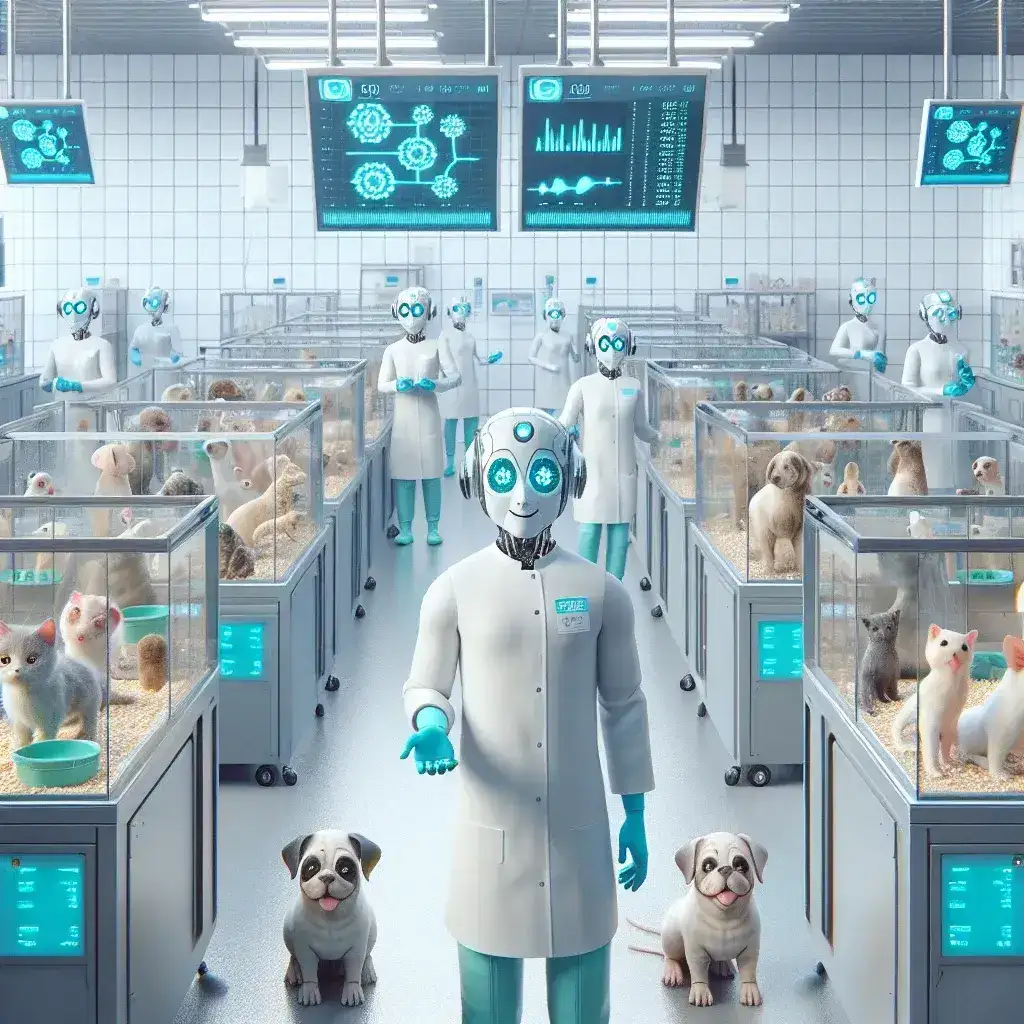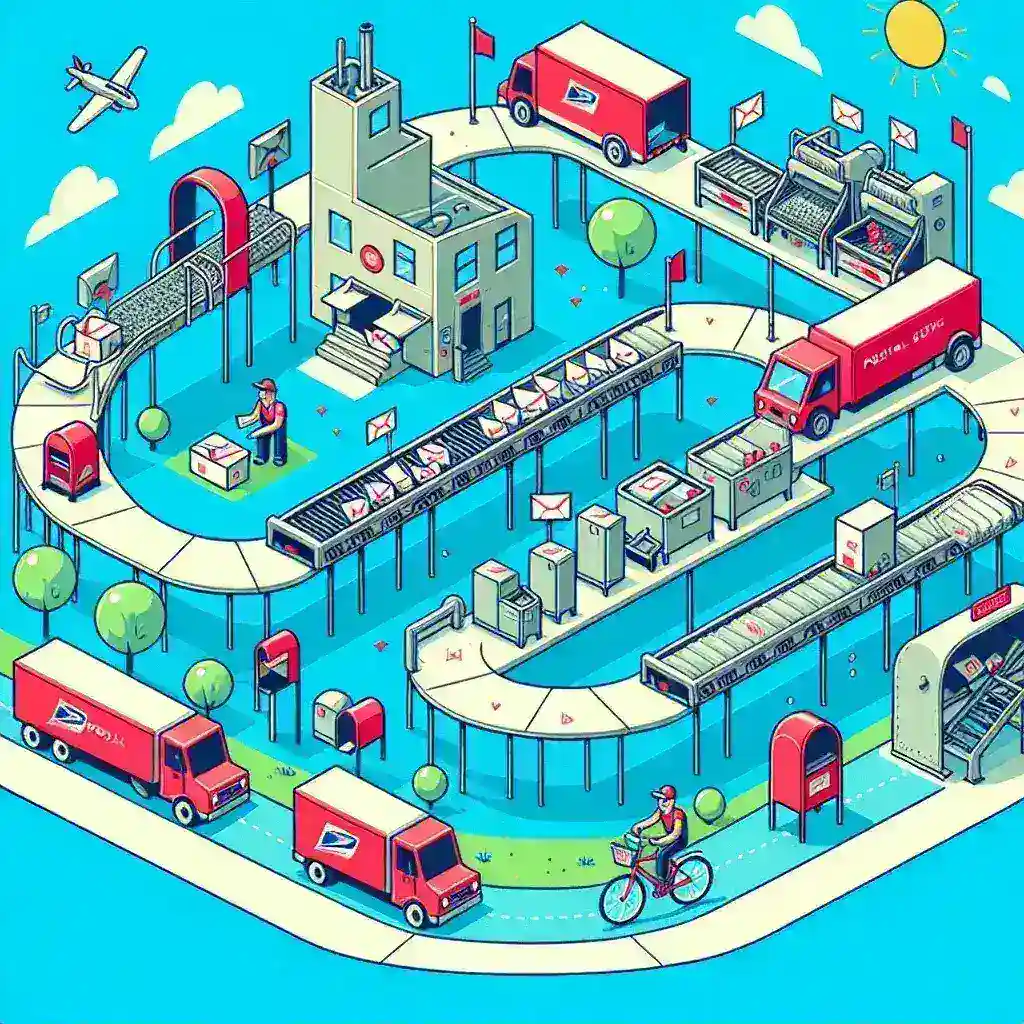Introduction
In the ever-evolving landscape of research and development, the integration of technology has become paramount. One of the most exciting advancements in this field is the application of AI-powered robotics in automating lab animal care and monitoring. This innovative approach not only enhances the efficiency of laboratory processes but also significantly improves the welfare of the animals involved. In this article, we will delve deep into the various facets of this technological evolution, examining its history, current applications, future potential, and the implications for both research and animal welfare.
The Historical Context of Animal Research
Animal testing has been a cornerstone of biomedical research for centuries, providing invaluable insights into human and animal health. However, traditional methods of animal care and monitoring have often been labor-intensive and prone to human error. As research demands have increased, so too has the necessity for more sophisticated care techniques. The introduction of robotics and AI into this domain marks a pivotal shift, enabling researchers to conduct more reliable and humane studies.
The Emergence of AI and Robotics
AI and robotics have seen remarkable advancements in recent years, driven by improvements in machine learning algorithms, sensor technology, and computing power. These innovations have led to the development of robots capable of performing tasks such as feeding, cleaning, and monitoring animal health with high precision and minimal human intervention.
Advantages of AI-Powered Robotics
1. Enhanced Efficiency
One of the primary benefits of AI-powered robotics is the significant increase in operational efficiency. Robots can perform repetitive tasks faster and more accurately than humans, allowing researchers to focus on more complex aspects of their work. For example, automated feeding systems can ensure that animals receive the proper nutrition at scheduled intervals without the risk of human error.
2. Improved Data Collection
AI systems excel at data analysis, providing researchers with real-time insights into animal health and behavior. Advanced monitoring systems can track vital signs, activity levels, and feeding patterns, allowing for early detection of health issues. This data-driven approach enables more informed decision-making and enhances the overall quality of research.
3. Increased Animal Welfare
By automating certain aspects of animal care, researchers can reduce stress on the animals involved in studies. For instance, robotic systems can minimize human interaction during routine tasks, which can be particularly beneficial for sensitive species. Furthermore, consistent monitoring ensures that any health concerns are addressed promptly, promoting better welfare standards.
Current Applications in Lab Settings
AI-powered robotics are currently being utilized across various laboratory settings. Here are some notable applications:
- Automated Feeding Systems: These systems provide precise and timely nutrition to lab animals, ensuring that their dietary needs are consistently met.
- Health Monitoring Systems: Equipped with sensors, these systems can monitor physiological parameters such as heart rate and temperature, alerting researchers to any deviations from the norm.
- Cleaning Robots: Automated cleaning systems help maintain hygienic conditions in animal housing areas, reducing the risk of disease transmission.
Future Predictions
As technology continues to advance, the future of AI-powered robotics in lab animal care holds promising potential. We can expect:
- Increased Integration of AI: Future systems will likely incorporate more advanced AI algorithms, enabling them to learn from past experiences and improve their performance over time.
- Greater Customization: Robotics will become more adaptable, allowing for tailored solutions that meet the specific needs of different research environments.
- Enhanced Collaboration: AI systems may facilitate better collaboration between researchers, leading to more comprehensive studies and insights.
Challenges and Considerations
Despite the numerous advantages, there are challenges that must be addressed when implementing AI-powered robotics in lab animal care:
- Cost: Initial investments can be significant, potentially limiting access for smaller research facilities.
- Technical Limitations: While technology has advanced, it is not infallible. Ensuring reliability and safety in robotic systems remains a top priority.
- Ethical Concerns: As with any technology that impacts living beings, ethical considerations surrounding animal welfare must be a guiding principle in the deployment of robotics.
Real-World Examples
Several research facilities across the globe have begun to implement AI-powered robotics into their animal care practices. For instance:
- The National Institutes of Health (NIH): The NIH has invested in automated systems for health monitoring, significantly improving data accuracy and reducing the workload on staff.
- Stanford University: Researchers at Stanford are using robotic systems to ensure precise feeding and health monitoring of their lab animals, leading to more reliable research outcomes.
Conclusion
The integration of AI-powered robotics in lab animal care and monitoring represents a revolutionary step forward in research methodology. By enhancing efficiency, improving data collection, and promoting animal welfare, these technologies are reshaping the landscape of biomedical research. As we look to the future, continued investment in these innovations will be crucial to overcoming the challenges we face and fully realizing the potential of AI in the field. The journey towards more compassionate and effective research practices is just beginning, and the role of robotics will undoubtedly be central to this evolution.


